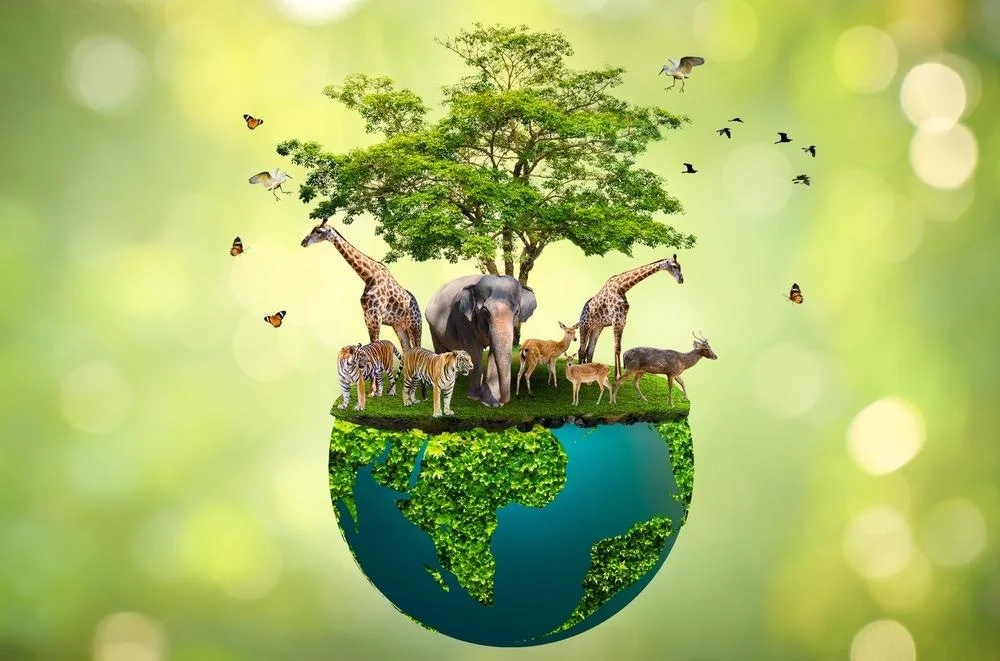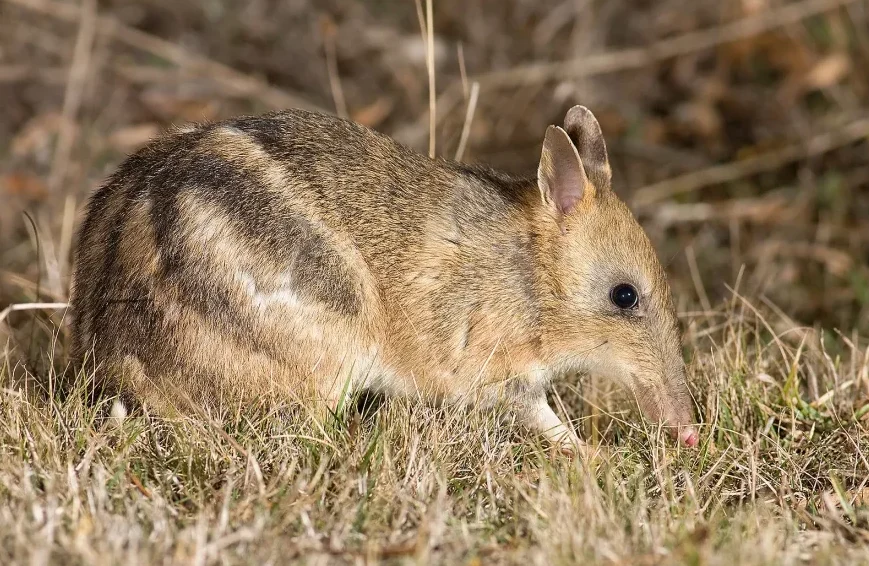
Conserving and preserving endangered species is crucial for maintaining biodiversity and ensuring the survival of various ecosystems. Biodiversity, or the variety of life on Earth, provides essential services to humans, such as clean air and water, food, and medicine. Endangered species play a crucial role in maintaining biodiversity, and their loss can have significant ecological and economic consequences. Therefore, it is important to understand the value of conservation efforts and the role they play in protecting our planet’s biodiversity.
Endangered species face numerous threats, including habitat loss, pollution, climate change, and overexploitation. Humans play a significant role in causing these threats, but they can also play a vital role in conservation efforts. One way humans can help is by respecting local habitats and ecosystems. Additionally, government legislation, nature preserves, reducing invasive species, habitat restoration, and captive breeding and seed banks are all strategies that can be used to conserve and protect endangered species. By taking responsibility for our actions and making changes to our behavior, we can help to mitigate the threats facing endangered species and protect their habitats.
Effective conservation strategies require cooperation and collaboration at all levels of society, from local communities to international organizations. The Endangered Species Act (ESA) is an example of legislation that provides a framework for protecting endangered species in the United States. Habitat Conservation Plans (HCPs) are another tool that private entities can use to identify and mitigate the impact of their projects on endangered species. Additionally, experts in wildlife and species conservation can provide guidance and support to communities and project proponents in developing effective conservation strategies. By working together and implementing a variety of conservation strategies, we can ensure the survival of endangered species and protect the biodiversity of our planet.
Strategies for conserving endangered species in their natural habitats
One of the most effective strategies for conserving endangered species is habitat restoration and protection. This involves identifying and preserving critical habitats for endangered species, as well as restoring damaged or degraded habitats. FEMA encourages communities and project proponents to work with experts in wildlife and species conservation to develop strategies for protecting habitats. Protected areas, such as national parks and wildlife reserves, can also play a crucial role in conserving endangered species by providing safe and suitable habitats for them to thrive. By prioritizing habitat restoration and protection, we can help ensure the survival of endangered species and maintain the health of our ecosystems.
Addressing climate change is another key strategy for conserving endangered species. Climate change is one of the biggest threats to biodiversity, as it alters ecosystems and disrupts the natural balance of species. Conservation measures such as increasing knowledge of the species, determining where their habitats are at risk, and developing strategies to mitigate the risks can help to protect endangered species from the impacts of climate change. By reducing our carbon footprint and supporting policies that address climate change, we can help to safeguard the habitats of endangered species and protect them from extinction.
Reducing human impact and encouraging sustainable practices is also critical for conserving endangered species. This involves reducing threats to wildlife that can lead to their endangerment and extinction, such as loss of habitat, contamination of water, and the spread of invasive species. Individuals can make a difference by learning about endangered species in their area, creating backyard wildlife habitats, and establishing pollinator gardens with native vegetation. Businesses can also play a role in conservation efforts by adopting sustainable practices that reduce their impact on the environment. By working together to reduce human impact and promote sustainable practices, we can help to protect endangered species and preserve our planet’s biodiversity.
Strategies for preserving endangered species in captivity
Captive breeding programs are an effective strategy for preserving endangered species in captivity. These programs involve breeding individuals in captivity with the goal of increasing the population size and genetic diversity of the species. Captive breeding has become a vital management tool for the conservation of highly threatened species, such as the Eastern Barred Bandicoot. Additionally, captive breeding programs run by organizations like Saving our Species aim to secure threatened plants and animals in the wild through practical, on-ground actions. The primary goal of captive breeding programs is to retain the diversity found in the captive populations’ genomes and increase the number of individuals in the population. Thus, captive breeding programs play a critical role in preserving endangered species and increasing their chances of survival.

Genetic diversity and preservation are also essential strategies for conserving endangered species. Rare alleles are essential in conservation because they help identify the most singular populations, which are critical for the preservation of genetic diversity. Conservation genetics is a management tool that has proven effective in assisting the management of threatened species. By understanding the geographical and genetic makeup of endangered species, conservationists can develop effective strategies for preserving them. Thus, genetic diversity and preservation are crucial components of endangered species conservation efforts.
Reintroduction into the wild and conservation education are additional strategies for preserving endangered species. Reintroduction programs involve releasing captive-bred individuals back into their natural habitats with the goal of restoring populations of threatened species or those losing habitats. Conservation education is also important in raising awareness about endangered species and their habitats. Zoos play a critical role in conservation education by exhibiting many species of animals and educating the public about their importance and the threats they face. Additionally, conservation projects within organizations like AZA SAFE include breeding programs, species reintroduction efforts, habitat conservation, and education. Thus, reintroduction into the wild and conservation education are important strategies for preserving endangered species for future generations.







